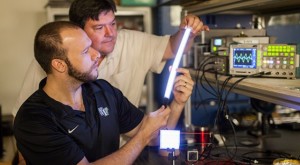A friend recently made me aware of a website for a group called Project Drawdown. It’s interesting…it’s addressing the concerns of those who want to do something to fight global warming but maybe aren’t sure where to start. On a larger scale though, it’s identifying all the things we can be doing to reach that drawdown point…where greenhouse gas emissions start decreasing for a change.
In their own words, “Project Drawdown is the first effort to measure and project the collective impact of a broad range of solutions if implemented at scale. Rather than focusing on a single solution or sector of solutions, Project Drawdown has done the math on what humanity is capable of achieving with the broad range of tools already in use around the globe.”
Politicians would be wise to draw from this knowledge base to draft their own proposals for fighting climate change, if they wish to attract the interest of voters who care about this issue. The breadth of ideas here is inspiring.


